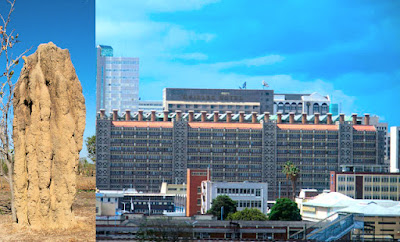The Dance of Light: Fireflies' Natural Brilliance vs. Human-Made Glow
In the ethereal realm of luminescence, where nature and science intertwine, few phenomena captivate the imagination like the flickering glow of fireflies. These enchanting insects, with their nocturnal ballet of light, showcase a level of efficiency that humbles even the most advanced human-made illumination systems.
Fireflies, members of the Lampyridae family, have perfected the art of bioluminescence. Their intricate light-producing mechanism begins with a specialized organ called the lantern, located in their abdomens. Here, a chemical reaction takes place between luciferase enzymes and oxygen, resulting in the emission of light without generating any heat – a remarkable feat of efficiency.
Contrast this with human-created light sources, where conventional incandescent bulbs waste a significant portion of energy as heat. While fluorescent and LED bulbs offer improved efficiency, they still rely on electricity to stimulate photons, creating light with a certain degree of loss.
The firefly's elegant system not only conserves energy but also produces a specific wavelength of light that maximizes visibility and minimizes disruption to their surroundings. This natural adaptation is in stark contrast to human-made lighting, which often struggles to balance efficiency with light pollution and disruption of circadian rhythms.
Moreover, fireflies' ability to synchronize their flashes in a mesmerizing display holds lessons for efficient network communication in the digital age. Each flash contains a unique pattern, allowing these insects to identify their peers amidst the darkness. This efficient, low-energy communication strategy contrasts with our complex, power-hungry digital networks.
As we marvel at fireflies' luminous poetry, we are reminded of the elegance of nature's design and the opportunities it presents for human innovation. Researchers and engineers look to these creatures for inspiration in developing sustainable, energy-efficient lighting systems. The quest for biomimicry – emulating nature's genius – continues, with the aim of creating a greener, more efficient future.
In the end, the fireflies' radiant dance serves as a humbling reminder of the brilliance nature has achieved. As we strive to match their efficiency, we find ourselves drawn to the intricacies of their biology, hoping to harness their wisdom to illuminate not just our homes but also our path towards a brighter, more sustainable future.



Comments